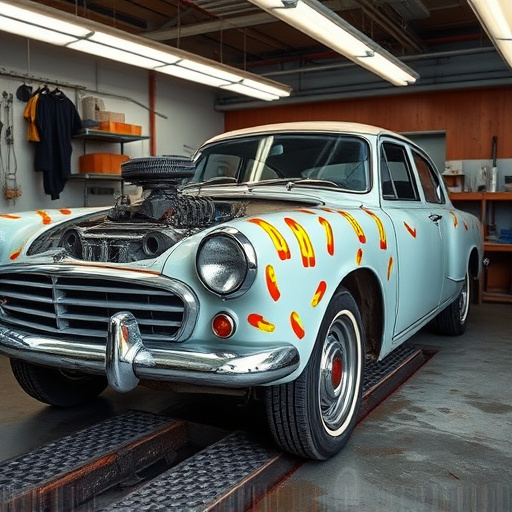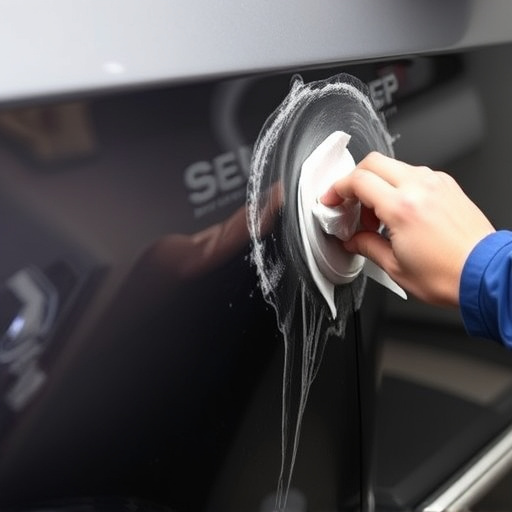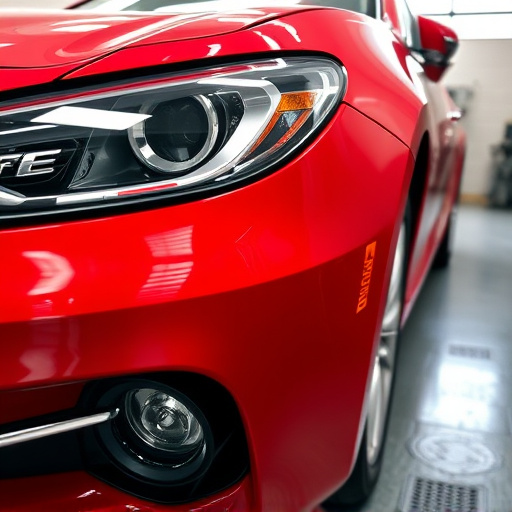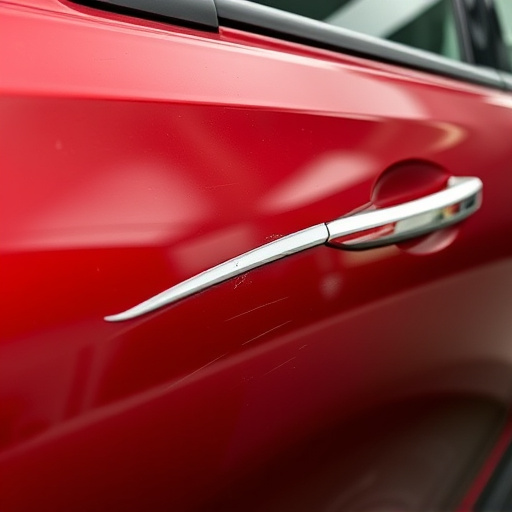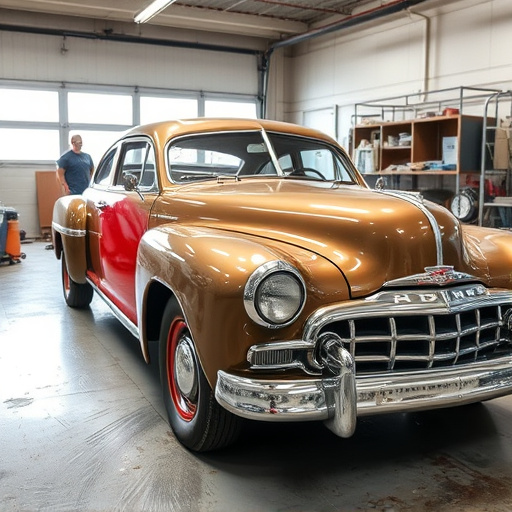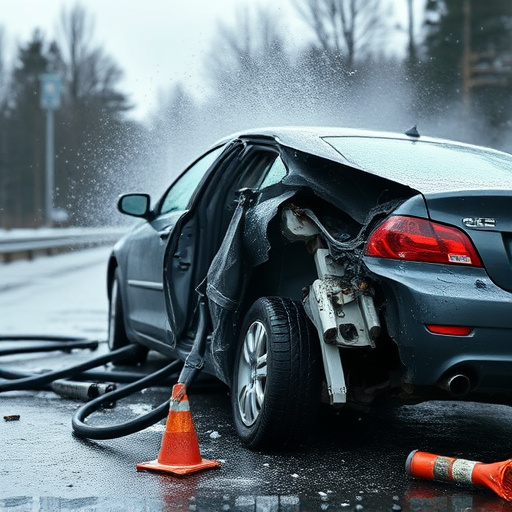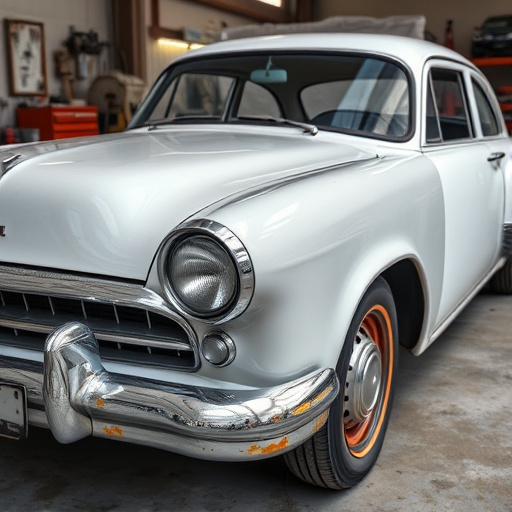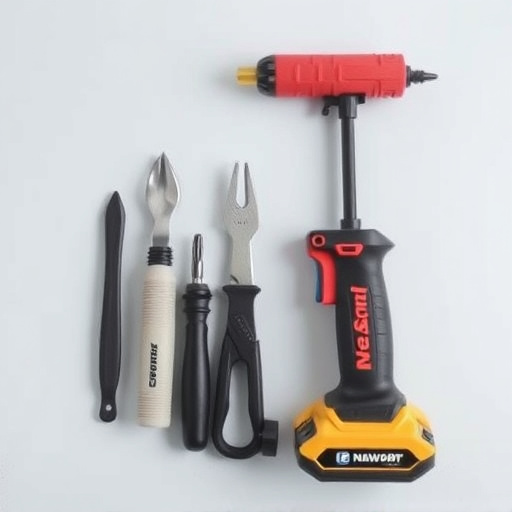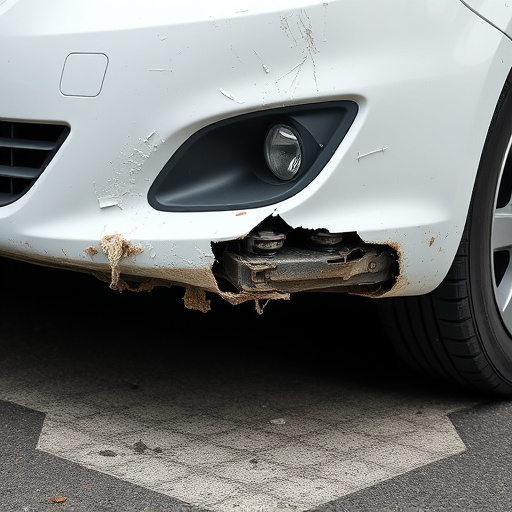Using Original Equipment Manufacturer (OEM) collision parts for auto repair guarantees precise replacements that maintain structural integrity and warranty coverage, crucial for cost-effective and hassle-free body shop services. OEM parts ensure compatibility, speed up repairs, and preserve or extend warranties, providing peace of mind regarding both vehicle condition and warranty status.
“OEM collision parts play a pivotal role in maintaining vehicle warranty coverage, especially after accidents. This article explores how these original equipment manufacturer parts ensure your car’s performance and protection remains unchanged. We’ll delve into the benefits of using OEM parts for collision repair, including their impact on warranty claims. Understanding the intricacies of this process is crucial for car owners, as it can safeguard their investments and keep their vehicles in top condition.”
- Understanding OEM Collision Parts and Their Role in Warranty Coverage
- Benefits of Using OEM Parts for Collision Repair
- Navigating Warranty Claims with OEM Collision Parts: What You Need to Know
Understanding OEM Collision Parts and Their Role in Warranty Coverage
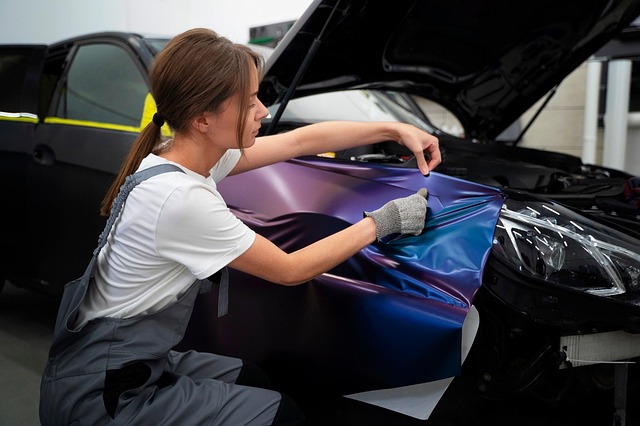
OEM collision parts are original equipment manufacturer parts designed and built to meet the exact specifications of a vehicle. When a car is involved in a collision, using genuine OEM parts for auto frame repair or auto dent repair is crucial for maintaining warranty coverage. These parts are not just replacements; they ensure that your vehicle’s structural integrity and performance remain intact.
In the realm of body shop services, OEM collision parts play a pivotal role in ensuring that every component aligns with the manufacturer’s standards. This precision is vital for repairing vehicles to their pre-accident condition while preserving warranty eligibility. By utilizing these genuine parts, body shops can deliver top-quality repairs, giving car owners peace of mind and safeguarding their investment.
Benefits of Using OEM Parts for Collision Repair

Using OEM (Original Equipment Manufacturer) collision parts for vehicle repair offers several significant advantages over aftermarket or generic substitutes. One of the primary benefits is ensuring compatibility and precision fitting, which is crucial in collision repair. OEM parts are designed specifically to fit your make and model, guaranteeing a seamless return to pre-accident condition. This precision not only facilitates faster repairs but also maintains the overall quality and integrity of your car’s body, including its structural integrity.
Additionally, installing OEM collision parts can help preserve or even extend the valid period of your vehicle warranty. Many auto manufacturers include specific language in their warranties stating that any repair using non-OEM parts could void coverage. By adhering to the manufacturer’s guidelines with genuine OEM parts, car owners can protect themselves from potential future expenses and maintain peace of mind regarding their vehicle’s condition and warranty status. This is especially beneficial for those relying on body shop services to fix minor dents or significant collision damage, ensuring a cost-effective and hassle-free repair process.
Navigating Warranty Claims with OEM Collision Parts: What You Need to Know

When dealing with collision damage, using original equipment manufacturer (OEM) collision parts can significantly impact warranty claims. It’s crucial to understand that while OEM parts are designed to match your vehicle’s specifications precisely, their use doesn’t automatically guarantee warranty coverage. The process of navigating these claims requires a clear understanding of your vehicle manufacturer’s policies and the specific terms outlined in your warranty document.
Each automaker has its own guidelines regarding aftermarkets or third-party parts, which can affect warranty validity. For instance, some manufacturers might void warranties if non-OEM parts are used during repairs. Others may allow certain aftermarket options as long as they meet specific criteria. In the case of car body restoration or bumper repair, using OEM parts ensures that any pre-existing warranty on your vehicle remains intact, providing peace of mind and protecting you from potential costs not covered by insurance.
OEM collision parts play a vital role in preserving vehicle warranty coverage, ensuring that repairs are not only high-quality but also protected. By using genuine manufacturer parts, drivers can benefit from enhanced performance and peace of mind, knowing their warranties remain intact. Understanding the importance of OEM parts and how they facilitate warranty claims is essential for anyone involved in collision repair, allowing for smoother processes and better customer satisfaction.

